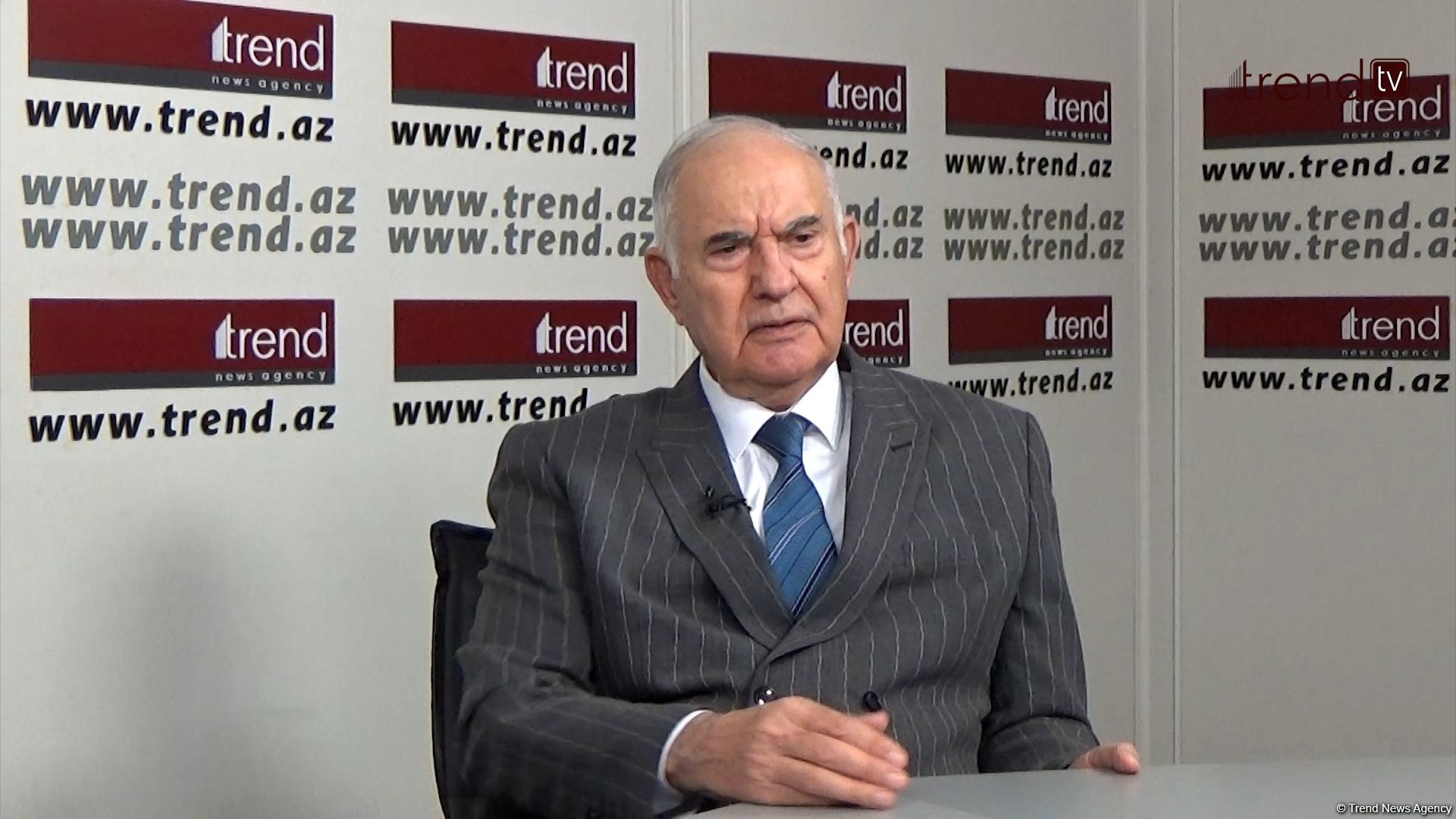BAKU, Azerbaijan, October 29. The transformation of Karabakh and East Zangezur into a green energy center is one of the main directions of strategic importance in Azerbaijan's energy policy, political analyst Azer Garayev told Trend.
According to him, this initiative serves both the realization of renewable energy potential and the sustainable development of the region.
"The Azerbaijani government has set a goal to implement the green energy zone concept in the Karabakh and East Zangezur economic regions by 2030. The main goals of this concept are the ecologically clean and energy-efficient reconstruction of the liberated territories, the widespread use of renewable energy sources—solar, wind, hydro, and bioenergy—and the transformation of the region into an exemplary energy center for green technologies and innovations," he said.
The analyst noted that President of Azerbaijan Ilham Aliyev's laying of the foundation stones of the 'Shams' and 'Ufug' solar power plants, each with a capacity of 50 megawatts, in Shahvalli village of Jabrayil district on October 28 is an important component of the country's green energy strategy and marks the beginning of a new stage in the energy map of Jabrayil district.
"The project directly serves Azerbaijan's renewable energy strategy. The 'Shams' and 'Ufug' plants are concrete investments in solar energy and are aimed at reducing dependence on fossil fuels. This is a manifestation of a more sustainable, environmentally friendly approach to energy. The Jabrayil district is a liberated zone, and such projects create an opportunity not only for the reconstruction of these territories but also for their transformation into a new green energy zone.
The project is a 'game-changer' on the energy map of the region. Such projects also have economic and social impacts. New plants are investment-intensive projects and will create jobs during the construction phase and activate local logistics and infrastructure.
Increased energy production can bring additional income to the region and strengthen the centralized electricity supply. At the same time, reduced gas consumption and emissions have positive effects on environmental health. The region has high solar energy potential, and such projects increase the use of this potential.
On the same day, President Ilham Aliyev attended the inaugurations of the second stage of the Aghali village and Mammadbayli village of Zangilan district," the analyst pointed out.
He highlighted that President Ilham Aliyev's meeting with residents and the presentation of apartment keys show that these projects are not only infrastructure projects but also an integral part of a social policy based on the human factor.
"Construction work in the Zangilan district and the liberated territories as a whole is being carried out in a planned, modern, and comprehensive manner.
These inaugurations confirm that Azerbaijan is moving forward in creating sustainable, smart, and environmentally friendly living spaces in the lands liberated from occupation. In general, the construction and resettlement process in the liberated territories under the leadership of President Ilham Aliyev is one of the most important historical stages of modern Azerbaijan.
After the liberation of the lands in 2020, the main task facing the state was to restore these territories, rebuild infrastructure, and ensure the safe return of the population. The large-scale work carried out over the past five years shows that these goals are being implemented in a phased and planned manner. The process of construction and migration carried out under the leadership of President Ilham Aliyev is shaping Azerbaijan's post-war reconstruction model," the analyst concluded.
Stay up-to-date with more news on Trend News Agency's WhatsApp channel







